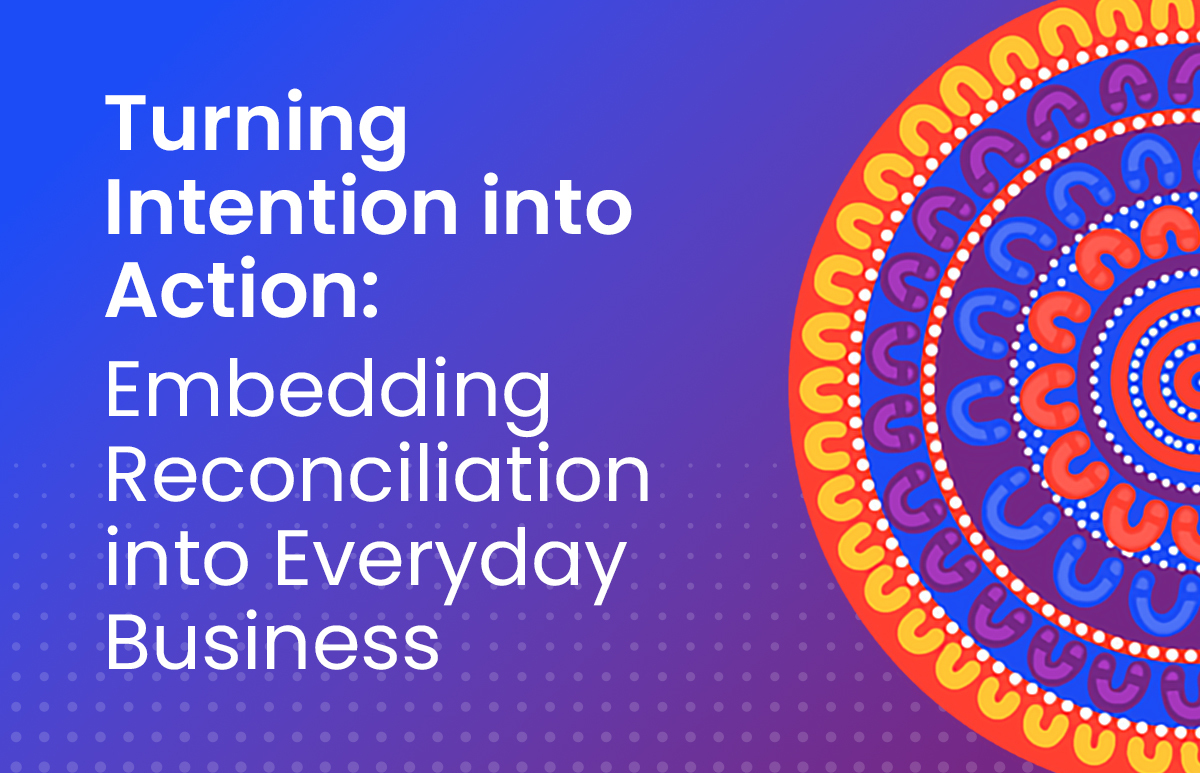The Hidden Cost of Poor Onboarding in Your Business
Did you know that 1 in 8 employees in Australia have left a job within their first year, and 25% of those link it directly to a poor onboarding experience?

This startling statistic highlights a widespread problem that many businesses overlook, but cannot afford to ignore.
With the average cost of hiring a new employee now sitting at $20,000 AUD according to our 2024 HR Industry Benchmark (HRIB) report, ensuring your onboarding helps retain staff and set them up for success is more crucial than ever.
Poor onboarding refers to inadequate or ineffective processes for integrating new employees in a business. Poor onboarding leaves employees feeling disconnected, undervalued and unprepared. In a busy modern workplace, failing to properly onboard new hires can lead to incompetence and disappointment – both from the point of view of the business and the new hire.
This post will explore the effects of bad onboarding practices and the costs linked to them. From high turnover rates to reduced productivity and beyond, the ripple effects of poorly integrated employees can be significant.
We’ll discuss how a good onboarding process can help your company. And delve deeper at why onboarding should be part of your people strategy.
The critical role of onboarding in the employee experience

Onboarding serves as the first touchpoint for new employees, introducing them to the company’s culture and working framework. This first interaction is crucial as it sets the tone for the employee’s integration into the corporate environment.
Onboarding is about more than just admin. New hires learn the company’s values, culture and processes. A good onboarding process helps employees understand the company’s goals and practices. This makes them feel like they belong and know what to do.
Effective onboarding is critical to employee satisfaction and retention. A structured and comprehensive onboarding plan demonstrates that the company values its employees and invests in their professional growth and personal well-being. This sense of being valued significantly boosts morale and job satisfaction, which are key indicators of increasing employee engagement and retention.
Knowing what is expected of you in your new job can help reduce workplace stress. This is especially true during the first few days. Understanding the role of the business is also important. It can make the transition smoother. Data from the ELMO 2024 HRIB report & Employee Sentiment Index (ESI) statistics underline the profound impact that onboarding has on employee retention rates. According to these findings, companies with strong onboarding processes experience significantly higher retention rates.
The high costs of poor onboarding

Onboarding is a critical phase in the employee lifecycle, with significant implications for an company’s bottom line. According to the 2024 HRIB report, the average cost of hiring a new employee is a staggering $20,000. This cost breakdown includes expenses such as advertising, recruitment processes, background checks, and the time spent by hiring managers and HR professionals.
However, the financial impact of hiring does not end there. Poor onboarding practices can lead to high employee turnover rates, incurring additional costs for rehiring and retraining new staff. A recent study from the Australian Department of Employment and Workplace Relations found that ineffective onboarding can result in up to 20% of employee turnover occurring within the first 45 days of employment. This revolving door of talent not only drains a company’s resources but also disrupts productivity and morale.
Productivity losses are another significant factor to consider. The 2024 HRIB report indicates that it takes an average of 35 days for a new employee to reach full productivity, during which time they cannot be fully utilised by the business. Ineffective onboarding can prolong this process, further delaying the return on investment.
A recent study discovered that companies with ineffective onboarding programs have higher costs. This is the cost of reduced productivity, increased turnover, and the need for extra training programs. Looking at this holistic cost to the business highlights the critical importance of a well-designed onboarding experience. Poor onboarding costs businesses a lot of money. By understanding the true cost of hiring and the impact of ineffective onboarding, businesses can make informed decisions to improve the employee experience from the outset and drive long-term success. Investing in a robust onboarding process is a good move that can save money and improve performance.
Statistical insights into onboarding failures and successes

Employee turnover because of poor onboarding
The 2024 HRIB & ELMO ESI reports provide compelling data on the impact of poor onboarding on employee turnover. In New Zealand, one in seven employees leave because of poor onboarding, while in Australia the figure is slightly better at one in eight.
Having a good plan for welcoming new employees is important to enable them for success and to also ensure that the business is able to retain them as productive members of the team.
Early identification of job fit
Good onboarding programs encourage employees and help them understand their role in the business faster. ELMO’s recent studies discovered that most Australian and New Zealand workers determine if their job is suitable very quickly, with around 65% saying they make that decision in the first month.. So ensuring that employees are able to make the rapid adjustment into a new role can significantly increase employee satisfaction and contribute to overall structural efficiency.
Improve onboarding with technology integration

Streamlining the onboarding process has become a critical priority for businesses seeking to attract, engage and retain top talent. Fortunately, the integration of modern HR systems can transform the onboarding experience, resulting in increased efficiency, data accuracy and a superior new hire experience.
Streamlining the onboarding process with integrated HR systems
Integrated HR systems, like ELMO HR Core, combine all important HR tasks into one simple platform to create a single source of truth for HR teams. Having an onboarding system built into that means that companies can automate and digitise the process of welcoming new employees by bringing all data and tasks together.
This includes tasks from before the employees are hired to their first day and beyond. Integrated HR systems make onboarding easier and faster for both new hires and the HR team. They also improve the first impression of new employees, and help them organise their first few weeks and sometimes months in their new role.
The benefits of an integrated HR system
Implementing an integrated HR system with a single source of truth can deliver a wide range of benefits that positively impact the entire business. Key benefits include:
- Automating HR tasks, such as document management and data entry, saves time for HR professionals. They can streamline data and document collection and easily track completion of tasks across a range of roles. This allows them to focus on important initiatives rather than admin, such as engaging with employees
- Improved data accuracy is achieved by centralising all data and updating it in real-time. This ensures that employee information is always accurate, which in turn reduces compliance risks and aids in decision-making.
- The new hire experience has been improved by simplifying the onboarding process. This includes user-friendly self-service options. These changes help new hires become productive and engaged more quickly. This ultimately leads to long-term success.
The benefits of an onboarding system in the real world
Businesses across a range of industries have experienced the reshaping power of having an integrated HR solution, and in particular a dedicated onboarding system. Some of our customers have told how much of a difference our platforms have made to their business. For example, Eastland Group used ELMO’s HR software to consolidate employee information and automate HR tasks – helping them make data-driven decisions about their workforce.
Similarly, Star Aviation streamlined its HR and onboarding operations with ELMO and saw stellar results. Check out their case study to learn more about the changes an integrated system brought them.
“Now, we can track the full employee lifecycle with the data from ELMO and also then analyse it airport by airport.” – MARK LULHAM (People and Culture Manager at Star Aviation)
Lipman, the construction company, also upgraded its manually driven HR processes with ELMO’s comprehensive HR software suite, and saw a huge improvement in efficiency for their HR team.
“All of the administrative processes we have in place are now quicker thanks to ELMO. As a sole HR manager in a 200-strong organisation, it really is like having another team member.” – EMMA LISTON (Human Resources Manager at Lipman
Key takeaways
Here’s a quick summary of the key findings:
- Onboarding is important because it helps new employees start out on the right foot as well as helps them feel included in the team. Additionally, it assists them in understanding and adapting to the company’s culture.
- Not having a good onboarding process can lead to financial losses because of higher turnover, lower moral and decreased productivity. Companies that improve their onboarding experience reduce turnover and have more consistent employee outcomes, which benefits their bottom line.
- Improve the onboarding process by modifying procedures for new employees. Keep them engaged with interactive and helpful information. Constantly enhance these processes based on feedback and evolving business needs.
- To enhance your onboarding process, consider an integrated HR platform like HR Core which has specific Onboarding capabilities. The goal is to ensure that each new employee is fully prepared to succeed from day one. Used together, these tools aim to make the onboarding process more efficient and effective for both the employee and HR.
Learn more:
- Get your copy of the 2024 HR Industry Benchmark Report
- Discover the latest insights from the 2024 Employee Sentiment Index
- Explore ELMO HR Core
- Discover the power of Onboarding Software
Start transforming your onboarding process today and see measurable improvements in employee engagement, retention and productivity.
 HR Core
HR Core 









